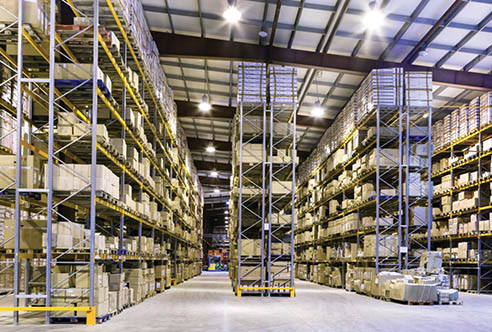
This balance is determined based on the downtime costs, lead times, and safety and environmental considerations on the one hand, and the capital cost requirements, warehouse charges, OEM recommendations and budgets on the other.
The cost of holding spares may be broadly divided into two categories – risked costsand holding costs.
Risked costs are calculated from the probability of spare partdemand multiplied by the penalty of not holding the spare part. Holding costs includethe capital cost of purchasing the spares together with the cost of storing andmaintaining the spares.
Spares strategy analysis seeks to achieve a balance between holding extensive stocksof valuable spares (which may never be required) and the exposure to productiondisruption and subsequent losses in the event of failure of a critical machine.